When it comes to a character like Batman, who has been around since the early years of Detective Comics, it is easy for newcomers and casual fans to get lost in the various stories and the chronology. Since their first appearance in 1939, the billionaire Bruce Wayne and his detective-vigilante alter-ego have inspired dozens of animated and live-action adaptations. And they are far from over, as far as publisher DC is concerned.
If you’re wondering how to watch the Batman movies in order, the first thing you need to think about is which Batman movies. So far, there have been half a dozen different iterations of the character in over 15 releases on the big screen — and that’s only counting the live-action releases. The number is much higher when you include animated and direct-to-video films.
Want to know where to start and where the upcoming releases fit? Here goes a full breakdown of the Batman movies and the best orders to watch them.
Serial film era (1943–1949)
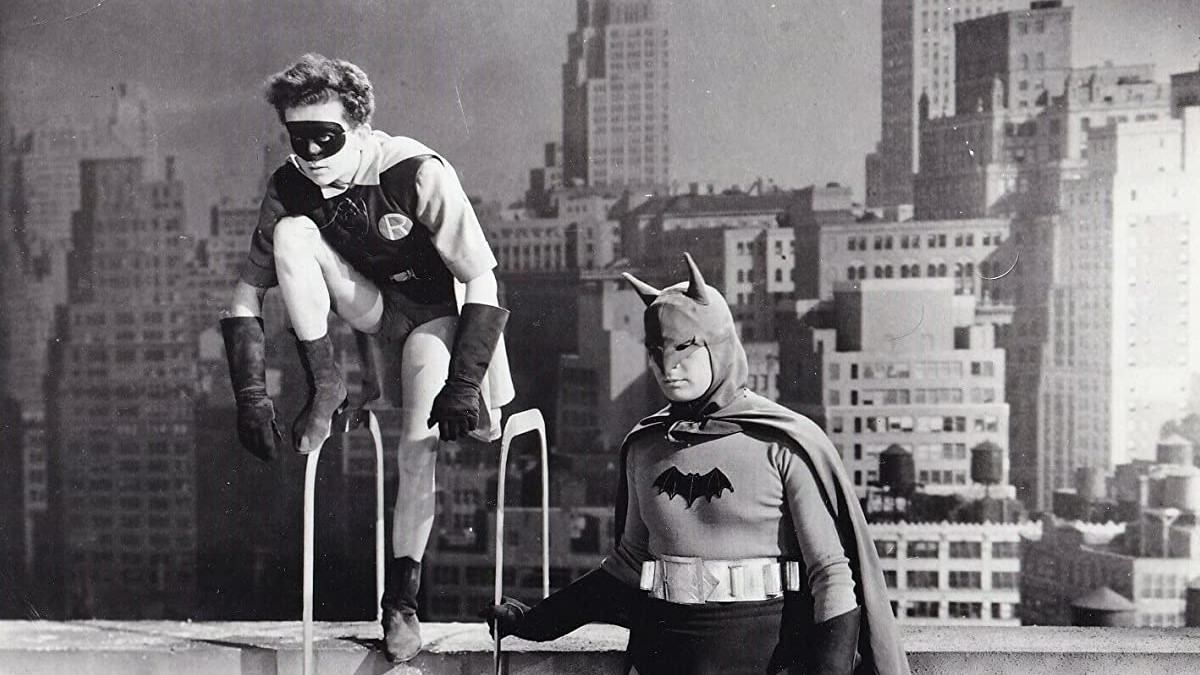
Before there were Batman movies and TV shows, there were serial films — a series of short movies shown periodically in theaters, one at a time, which told stories in chapters. They were essentially like modern TV series, but before most people had access to televisions at home.
The first of those is Batman (1943), starring Lewis Wilson as Batman and Douglas Croft as Robin, a tale told at the height of World War II and incorporating anti-Axis (specifically anti-Japanese) references. Its 15 episodes of about 20 minutes were released between July and October 1943 and its success inspired the classic TV series starring Adam West.
This serial film is also credited for the first appearance of classic elements like the Bat Cave before they were included in the comics, which is part of the legacy it leaves behind. The racist portrayal of Japanese people and the war propaganda, on the other hand, are the negative parts of its legacy.
Batman and Robin (1949) is a sequel to the first serial film. It brought more characters from the comics, like journalist Vicki Vale and Commissioner Jim Gordon, and was criticized for its several production mistakes and failures — but became a classic anyway.
The two serials were released on home media and aired at TCM, but only the first seems to be officially available for streaming. You can watch both Batman and Batman and Robin on YouTube, however.
Suggested watch order: Batman, then Batman and Robin.
Adam West era (1966; 2016–2017)
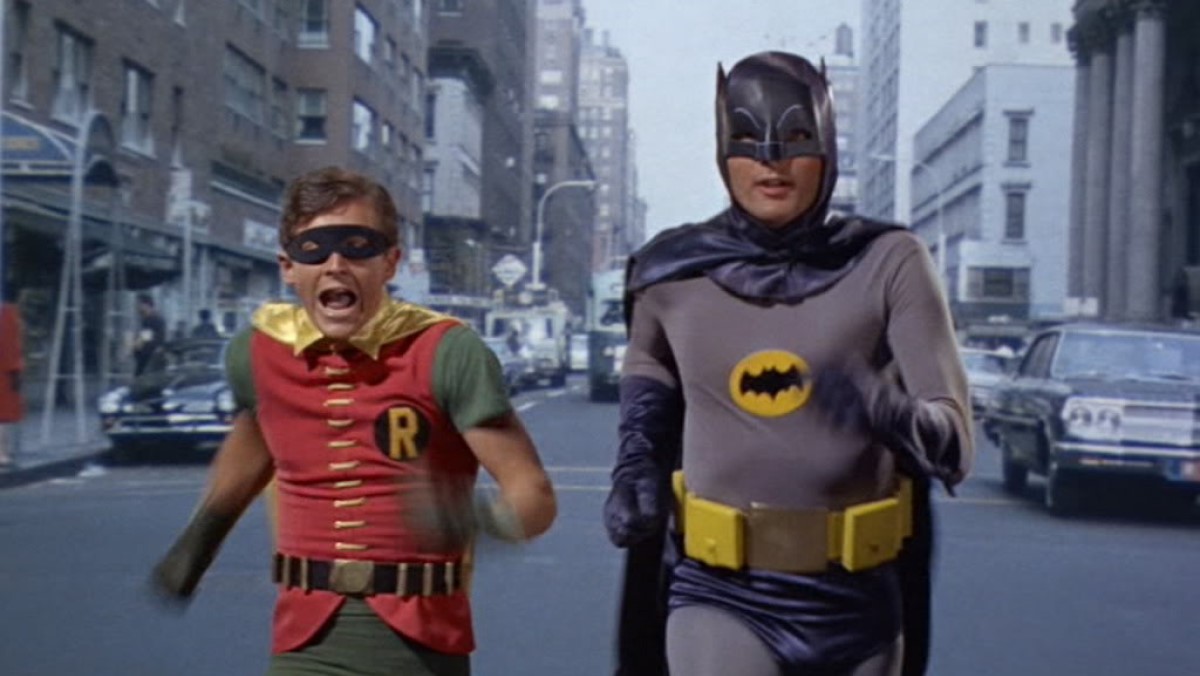
Because the serials aren’t always considered actual films, it is the 1966 release starring Adam West that is often referred to as the “first Batman movie” in history. And unlike the stories that became popular in later years, it was more colorful and less dark than what we came to associate with the character.
Originally, producer William Dozier intended to release a film before the classic Batman TV series began airing, but 20th Century Fox deemed that idea too costly. After the show became an enormous success, though, the studio decided to move forward with Dozier’s project. The movie was released after the last episode of the show’s first season, starring pretty much all of the same cast. It works as a sort of standalone story in that universe.
To celebrate the 50th anniversary of this film and the classic TV series, two animated movies were released, with West and Ward reprising their roles as Batman and Robin. Both are inspired by the works of the 1960s and considered sequels to the series. Batman: Return of the Caped Crusaders premiered in theaters in 2016, and its sequel, Batman vs. Two-Face, came out directly to home video in 2017, shortly after West’s death. He was 88 at the time.
Suggested watch order: Batman, then Return of the Caped Crusaders, then Batman vs. Two-Face. If you want to include the TV series, watch the 1966 movie between seasons one and two.
Tim Burton and Joel Schumacher era (1989–1997)
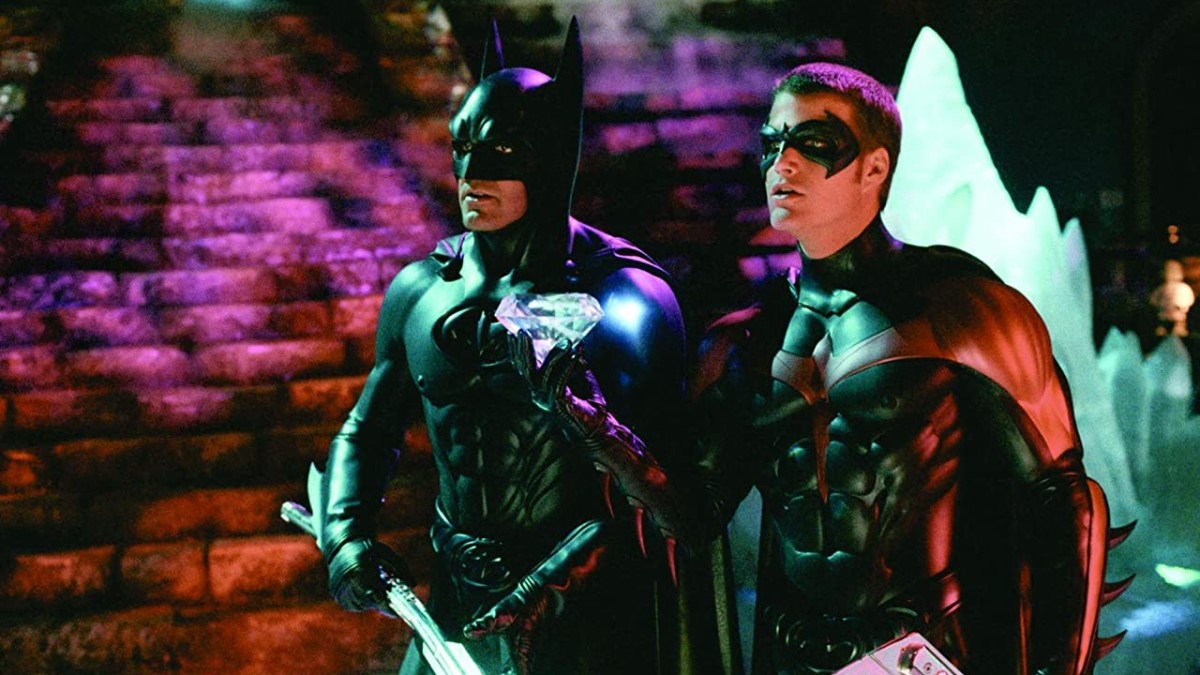
During a period in the 1970s and 1980s when Batman was not as popular as in decades past, a team at Warner Bros. began to work on a movie script. Tim Burton, then in the early years of his career, joined the project as a director, with a growing interest in the character after reading darker graphic novels like The Dark Knight Returns and The Killing Joke, published in 1986 and 1988, respectively. The success of his latest project at the time, Beetlejuice, is a key factor to his involvement in the franchise.
Though the Batman movies of that era are still a long way from what we have today, Burton’s version of the character and universe was already dark, opposed to the colorful classic TV series and heavily inspired by what was happening in the world of comic books at the time. He directed two movies, the second reluctantly due to creative differences with Warner Bros., then left the project and was replaced by Joel Schumacher, who directed two other movies.
The four installments of the Burton-Schumacher era are not all direct sequels. Batman (1989) is followed by Batman Returns (1992). Batman Forever (1995), the first film released after Burton’s departure, is followed by Batman & Robin (1997). In theory, Forever could be considered a sequel to Returns, as it was originally planned, but with the change of tone and lead actor and a couple of details in the script, it barely feels like the same series.
Burton’s darker duology was definitely underappreciated at the time, and Schumacher’s lighter approach was not exactly well-received either. But they are fun to watch and filled with iconic performances from some of the most popular actors from the 1980s and 1990s.
Suggested watch order: By release date is fine, but you should treat them as two duologies, one with Batman followed by Returns, and the other with Forever followed by Batman & Robin.
Dark Knight trilogy, aka Christopher Nolan era (2005–2012)
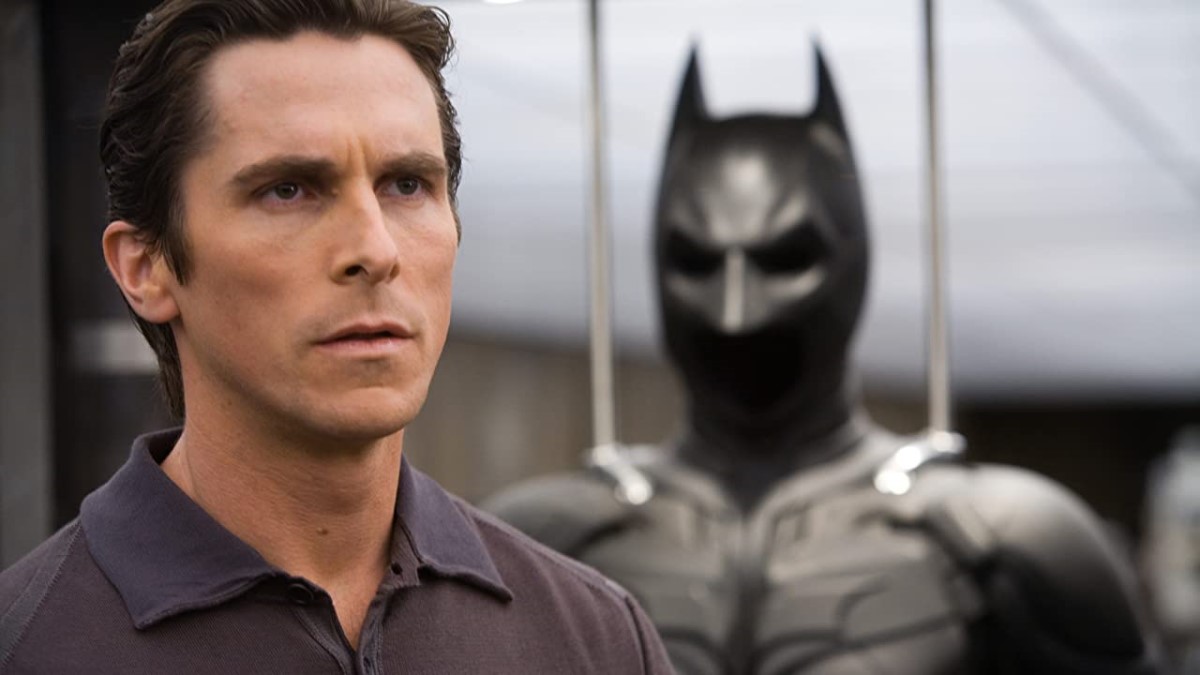
By far the most critically-acclaimed era of the Bat in cinema, the Dark Knight trilogy is also one of the darker and more realistic iterations of the character. Directed by Christopher Nolan, co-written by him as well, and starring Christian Bale as Batman, the trilogy begins with an origin story and goes all the way to Bruce’s retirement.
In Batman Begins (2005), we first meet a young Bruce Wayne developing a fear of bats after being attacked by a swarm. Shortly after, he also witnesses the murder of his parents, Thomas and Martha. As he travels the world, he finds Ra’s al Ghul’s League of Shadows, where he learns martial arts and how to deal with his fears — that is, until the League reveals to be a threat to Gotham City. He then returns as a vigilante, and names himself Batman. Origin stories from the comic books, like The Man Who Falls, inspired the movie, as well as early-years stories like Year One and The Long Halloween.
But it was The Dark Knight (2008) that took this era to a new level, for a variety of reasons. First, the movie’s main antagonist is Joker, Batman’s archenemy, in a brilliant interpretation by Heath Ledger — whose casting initially drew criticism from fans. It was Ledger’s last completed film before his premature death, and immersing himself in the character took a heavy toll on his mental health. Second, the movie was filmed in high-resolution IMAX, a first at the time, and director Nolan also prioritized practical stunts over CGI. Third, it was just so good that people finally decided to take superhero movies seriously.
The Dark Knight Rises (2012) brings back a reclusive Bruce Wayne to stop Bane from destroying Gotham City in an epic finale. Presumed dead by the end of the story, he is actually retired and hints at leaving the Batcave for officer John Blake, who would be a sort of Robin in this universe. The final installment was heavily inspired by comic book arcs like Knightfall, The Dark Knight Returns, and No Man’s Land, while the 2008 movie drew inspiration from comics from the 1980s.
Suggested watch order: Whether it’s in chronological order or by release date, it will always be Batman Begins first, then The Dark Knight, and lastly The Dark Knight Rises.
DC Extended Universe (2016–2023)
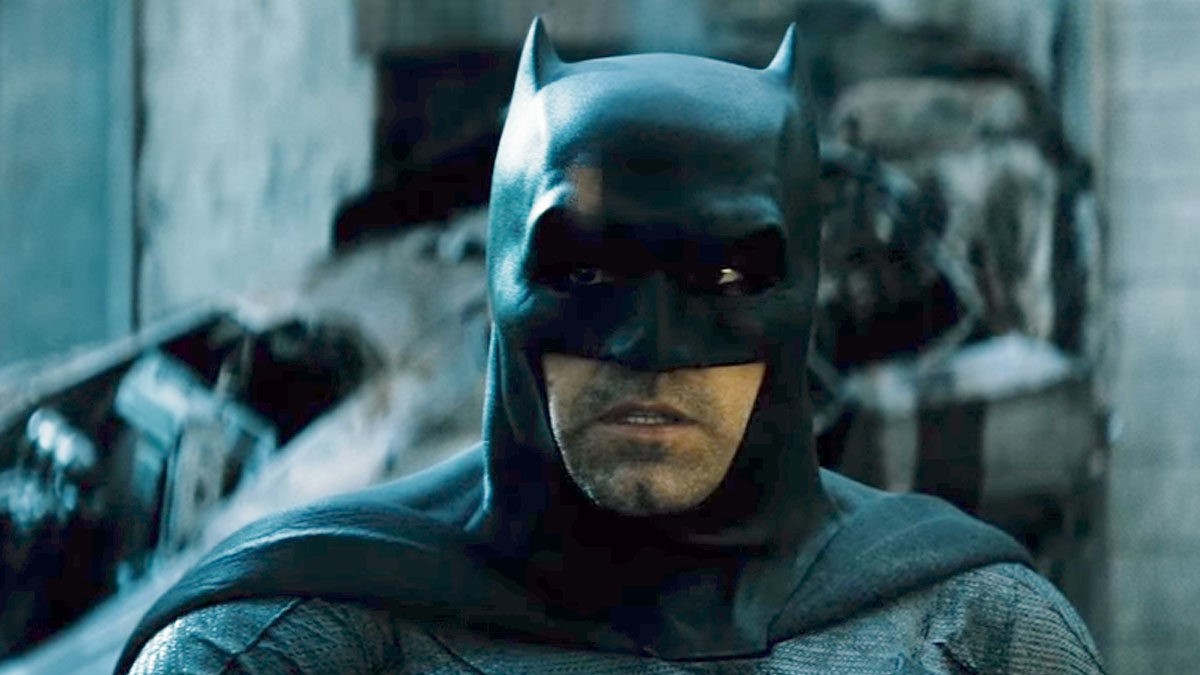
Batman is one of the central figures in the DC Extended Universe, beginning with his appearance in Batman v. Superman: Dawn of Justice (2016). In this incarnation, the character is portrayed by Ben Affleck, in an older version where he’s been working as a vigilante for 20 years. It was heavily inspired by The Dark Knight Returns in comics.
After a cameo in Suicide Squad (2016) and a brief mention in Wonder Woman (2017), he returns for Justice League (2017) and the alternative version Zack Snyder’s Justice League (2021) — the latter not considered canonical in the universe. In The Flash (2023), Affleck reprises his role as Batman for the final time, and Burton-Bat Michael Keaton also returns to the character as a sort of mentor to the League.
Before the DC Extended Universe comes to an end, Batman is also set to appear in Aquaman and the Lost Kingdom (2023).
Suggested watch order: Batman v. Superman, then optionally Suicide Squad and Wonder Woman, then Justice League (not the Snyder cut), then The Flash. It might be interesting to have watched both Burton-era movies by now as well.
The Batman (2022–)
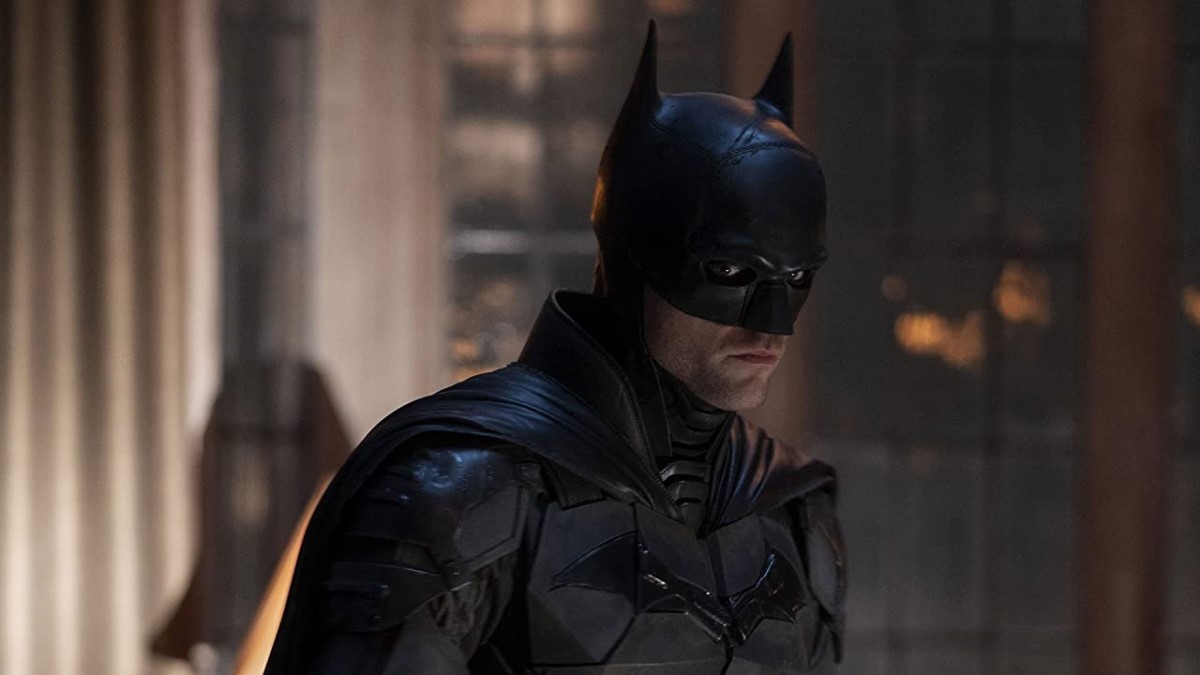
Another recent reboot, this was supposed to be a part of the DCEU and take place after Justice League, but it ended up being a separate incarnation of the character due to creative differences. Originally, Affleck was set to reprise his role, as well as direct, produce, and co-write, but he dropped out and felt it was time for someone else to work on the script.
When director Matt Reeves took over, he eventually decided to go for a younger Bat, with a film more focused on his vigilante and detective work, drawing inspiration from several comic book arcs, from The Long Halloween to Zero Year. With Robert Pattinson starring as Bruce Wayne, The Batman (2022) is now the first in a separate shared universe, with a sequel to be released in 2025 and two spin-off HBO Max series in development.
Suggested watch order: The Batman, then The Batman Part II.
DC Universe, aka James Gunn era (2025–)
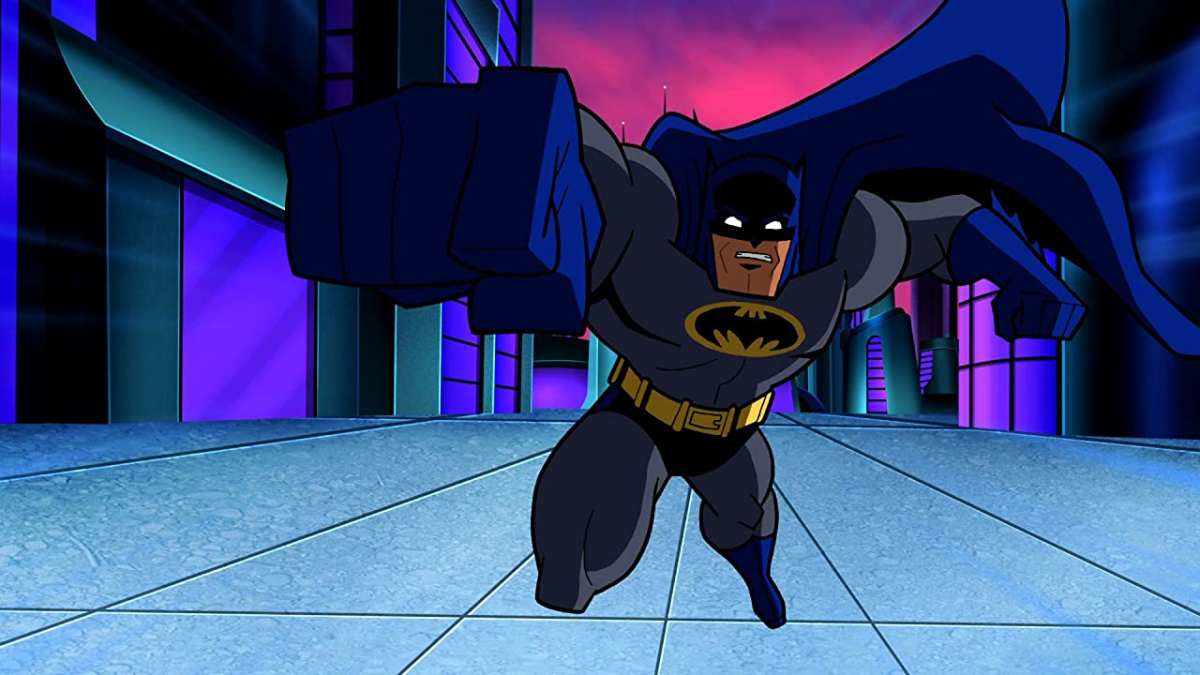
Not to be confused with the aforementioned DC Extended Universe, the upcoming DC Universe is yet another reboot, this time with James Gunn as a Kevin Feige-like figure for the company.
This wave of productions is set to start hitting theaters in July 2025, with Superman: Legacy, and according to Gunn, Batman will be a prominent figure in that universe. His exact plans for the character were not revealed yet, but there are a couple of things we already know: one of the upcoming movies is named The Brave and the Bold, and the Robert Pattinson-starring The Batman will exist in a separate universe.
In addition to Gunn citing the work of Grant Morrison as an inspiration for this iteration of the character, the recent information revealed brings another reference to mind. Specifically, The Brave and the Bold is a highly successful animated TV series starring Batman alongside his son, Damian Wayne, who is Gunn’s favorite Robin. The series was released back in 2008.

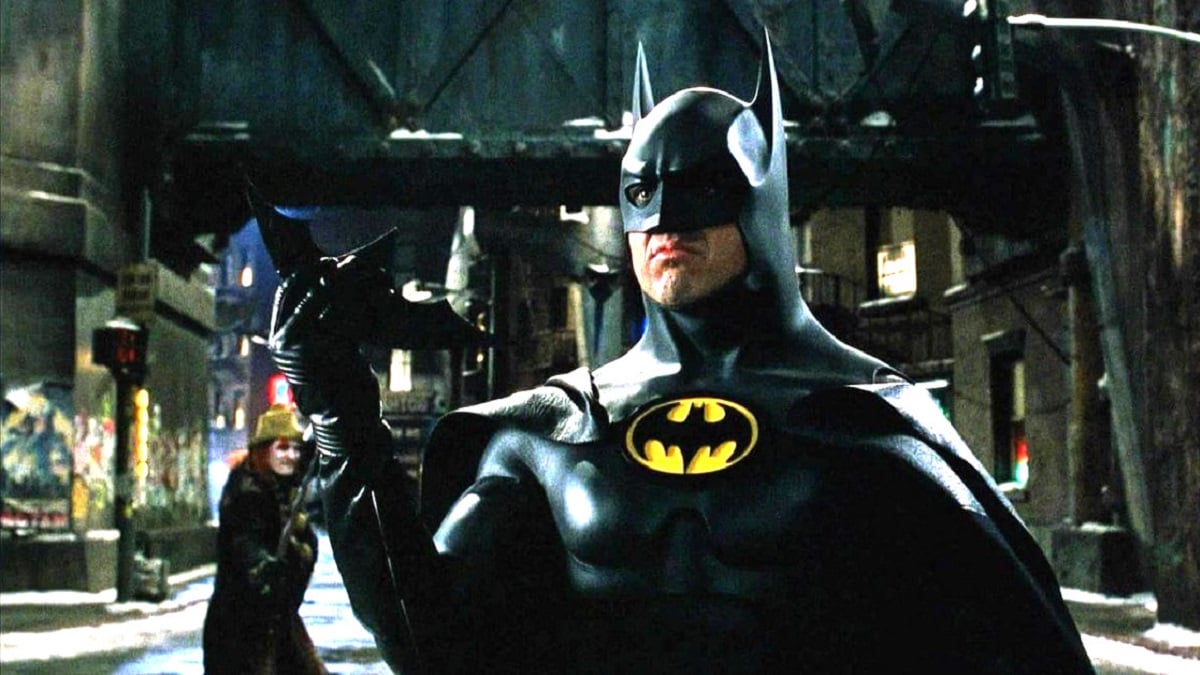








Published: Feb 3, 2023 02:23 pm